Understanding VA Form 21-4138
VA Form 21-4138, known as the Statement in Support of Claim, helps veterans communicate more about their conditions to Veterans Affairs. It lets them add more info to their disability claim—info that wasn’t in the first VA benefits forms they filled out.
This form gives a close-up look at how a service-related disability affects a veteran’s life. It adds real-life context, helping the department of Veterans Affairs make better decisions for the veteran’s VA disability benefits. Although it’s not a substitute for medical records, it rounds out the picture of what the veteran is going through to justify their disability claim.
VA form 21-4138 goes along great with buddy letters. Buddy letters are similar to character references for a resume. People who know the veteran’s condition well, such as friends, family, or fellow soldiers, are great candidates to write a buddy letter to help boost your VA claim. Really, anyone you’ve been close enough to and who may have observed your struggle with your disability can write a buddy letter to help your chance at VA disability benefits.
These letters add another layer to official medical record, filling in gaps that official medical papers may miss. For example, a buddy statement could provide evidence about how a veteran’s PTSD shows up in daily life, or how a back injury stops them from playing sports. These stories make the veteran’s daily hardships easier to grasp for the VA regional office.
When to Use VA Form 21-4138
VA Form 21-4138 comes in handy in different situations. If medical records don’t show the whole picture of a veteran’s disability or its impact, this form fills in the gaps. If there have been changes in a veteran’s condition since they first applied, the form lets them update the VA with additional evidence to support their VA disability claim for disability compensation.
This form is also useful if you’re appealing a decision or asking for a second look at their disability compensation case. It’s a versatile tool, helping veterans at various steps in the claims process.
The Role of Buddy Letters: Adding a Human Touch to Your SSDI Claim
Buddy letters make the VA disability claim more relatable. For conditions hard to measure, like PTSD or mental health issues, these letters provide additional evidence. They offer real-life examples to back up what medical record says.
The first step in getting a good buddy statement is choosing the right person to back you up. This person should know you well and have seen how your service-related disabilities affect you. A friend, family member, or fellow soldier would be ideal.
When you ask someone to write a buddy letter, be clear and careful. Explain why you picked them and what the letter should cover. Stress the need for honest and accurate details. Ask them to talk about specific times when they saw you struggle because of your disability.
A powerful buddy letter is more than just saying good things about you; it paints a clear image of your challenges. The more detailed and personal, the better.
By teaming up with the right person and crafting a strong buddy letter, veterans can create a stronger case. The combo of medical records and personal stories sets the stage for getting the SSDI help they need.
Do’s and Don’ts for VA Form 21-4138
You’ll want to use VA Form 21-4138 carefully. A strong buddy letter often starts by saying how the writer knows the veteran. Then, it dives into clear examples of how the disabilities show up in real life. Here’s a quick guide on do’s and don’ts for writing a buddy letter:
Do:
- Be Clear and Detailed: Make your buddy letter focused. Aim for clarity and brevity, but include key details.
- Keep It Real: While you can show you understand and care, try to keep your personal views out. Stick to what you’ve seen.
- Stick to the Point: Talk about the disabilities you’ve seen and how they affect the veteran’s life. This can be anything from physical issues to emotional struggles.
- Add Your Contact Info: Including a way for the VA to reach you makes your letter more credible.
- Highlight Your Connection: Start the letter by spelling out how you know the veteran, how you’ve interacted, and for how long.
Don’t:
- Don’t Guess: Stick to what you’ve seen. No guessing or making stuff up about the veteran’s health.
- Don’t Overdo It: Keep things honest and accurate. No need to exaggerate.
- Don’t Use Medical Jargon: Unless you’re a healthcare pro, keep the language simple and clear.
- Don’t Make Broad Statements: Use specific examples to show what you’re going through.
- Don’t Be Vague: Be exact when you describe what you’ve seen. Vague terms won’t help paint a clear picture.
Advising Veterans on Benefits
Getting SSDI help is a big deal for disabled veterans. VA Form 21-4138 and buddy letters are more than just forms; they let vets speak up and tell their stories to the VA. Using these tools wisely can make your claim much stronger. They help the VA get the full picture of what you’re facing due to your service-related disabilities.
Understanding these tools can make a world of difference as you go through the claim process. Whether it’s clearing things up with VA Form 21-4138 or making it all more human with a buddy letter, these steps can help you get the support you deserve. Reach out to us at benefits.com to learn how we can help you today!


